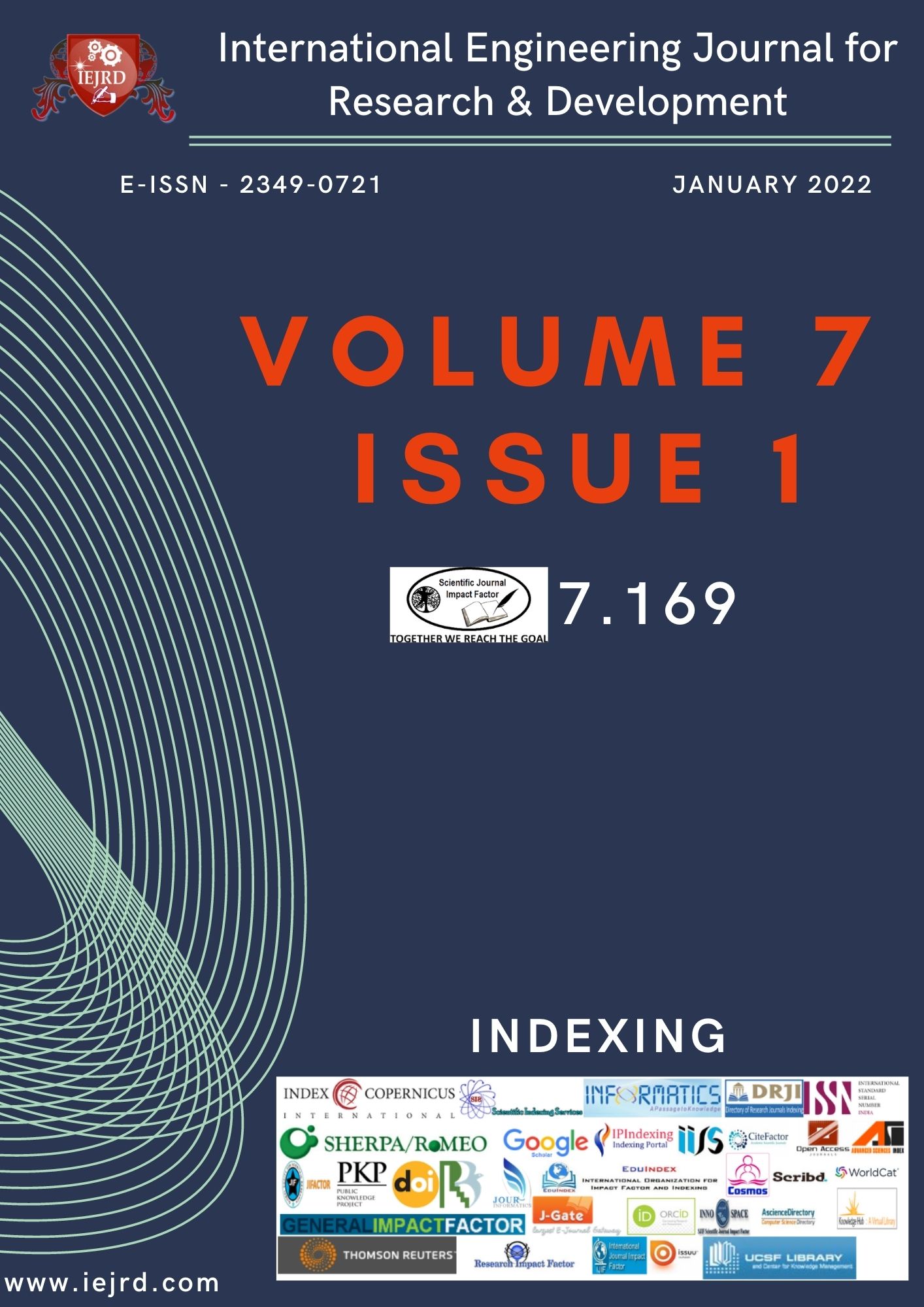INFORMATION SECURITY AND DIGITAL FORENSICS A panacea tools for combating cyber-crime and terrorism
DOI:
https://doi.org/10.17605/OSF.IO/EUBGYKeywords:
Cyber-Crime, Forensics, Digital, Information SecurityAbstract
With the headway in digital region, continuous utilization of web and advances prompts digital assaults. Computerized measurable is settled on procuring electronic data and examination of pernicious proof found in framework or on network in such a way that makes it acceptable in court. It is additionally used to recuperate lost data in a framework. The recuperated data is utilized to arraign a lawbreaker. Number of wrongdoings perpetrated against a web and malware assaults over the computerized gadgets have expanded. Memory investigation has turned into a basic capacity in computerized legal sciences since it gives knowledge into the framework express that ought not to be addressed by customary media examination. In this paper, we concentrate on the subtleties of digital legal sciences and furthermore give the essential data in regards to unmistakable apparatuses work in advanced legal cycle. It incorporates legal examination of scrambled drives, circle investigation, examination tool compartment, unstable memory examination, catches and investigates parcels on network and concluded that information security and digital forensics is a panacea tools for combating cyber-crime and terrorism.
Downloads
References
Orebaugh and J. Allnutt, 2009, Angela Orebaugh and JeremyAllnutt, “Classification of Instant Messaging Communications for Forensics Analysis”, The International Journal of Forensics Computer Science, 2009 (1), pp. 22- 28.
Arfid Ahmed, 2005, “Have You Been Hacked”? A Primer to Cyber Security and Cyber Forensics, the Chartered Accountant, Dec 2005.
Ashley et.al.,2006 Ashley Brinson, Abigail Robinson, Marcus Rogers, “A Cyber Forensics Ontology: Creating a New Approach to Studying Cyber Forensics”, Digital Instigation, Elsevier, 2006.
Baggili and Rogers, 2009. Ibrahim Baggili, Marcus Rogers, “Self-Reported Cyber Crime: An Analysis on the Effects of Anonymity and Pre-Employment Integrity”, International Journal of Cyber Criminology, Vol 2, Issue 2, July-Dec 2009.
Baggili et al, 2007 Ibrahim M. Baggili, Richard Mislan, Marcus Rogers, “Mobile Phone Forensics Tool Testing: A Database Driven Approach”, International Journal of Digital Evidence Fall 2007, Vol. 6, Issue 2.
Baggili, 2010 Ibrahim Baggili, “Generating System Requirements for a Mobile Digital Device Collection System”, European and Mediterranean Conference on Information Systems 2010, Abudhabi, UAE.
Caloyannides, 2001 Caloyannides, Michael A, “Computer Forensics and Privacy”. Artech House, Inc. 2001.
Cole, 2010 Eric Cole, Ronald Krutz, James W. Conley, “Network Security: Bible”, 2nd Edition, (2010), p.p 730 Wiley India Pvt. Ltd.
Garber, 2001 Garber, L. 2001, “Computer Forensics: HighTech Law Enforcement”, IEEE Computer Society’s Computer Magazine, 34 (1). pp. 22-27.
Hougton, 2000 Houghton Miffin Company – The American Heritage Dictionary, 4th Edition, 2000.
Hyungkeun et al, 2007 Hyungkeun Jee, Jooyoung Lee,and DowonHong, “High Speed Bitwise Search for Digital Forensic System”, Proceedings of World Academy of Science Engineering and Technology, Vol. 26, 2007.
Jansen, Ayers, 2006 Wayne Jansen, Rick Ayers, “Forensic Software Tools for Cell Phone Subscriber Identity Modules”, Conference on Digital Forensics, Security and Law, 2006
Karen et al, 2008 Karen Scarfone, Tim Grance, Kelly Masone, “Computer Security Incident Handling Guide”, NIST SpecialPublication pp. 800-61, (2008).
Kruse and Heiser, 2002 Kruse W.G, and Heiser J.G, “Computer Forensics Incident Response Essentials”, 2002, Addison Wesley Pearson Education, Boston
Marcella, Albert, 2008 Marcella Jr., Albert J., “Cyber Forensics: A Field Manual for Collecting, Examining and Preserving Evidence of Computer Crimes”. 2008. Taylor & Francis Group, LLC. Auerbach Publications. pp. 27-48 pp.77-85 pp.87.
McQuade and Samuel, 2006 McQuade, Samuel C. “Understanding and Managing Cybercrime”, (2006). Pearson Education, Inc. pp. 373-374.
Meyers and Rogers, 2004 Meyers M, Rogers M, “Computer Forensics: The Need for Stand Ardization and Certification”, International Journal of Digital Evidence, 2004.
Oliver et al, 2009 Oliver De Vel, Alison Anderson, Mal Corney, George Mohay, “E-Mail Authorship Attribution for Computer Forensics”, Applications of Data Mining in Computer Security, Springer (2009), pp. 230.
Rogers, 2006 Rogers, M. (2006), “DCSA: A Practical Approach to Digital Crime Scene Analysis”. West Lafayette, Purdue University.
Tomar et al, 2010, Deepak Singh Tomar, Nikhil Kumar Singh, Bhopal Nath Roy, “An Approach to Understand the End user Behavior Through Log Analysis”, International
Journal of Computer Applications pp. 0975-8887) Vol. 5 No. 11, August 2010.
Downloads
Published
How to Cite
Issue
Section
License
Copyright (c) 2022 IEJRD

This work is licensed under a Creative Commons Attribution-NonCommercial-NoDerivatives 4.0 International License.






















